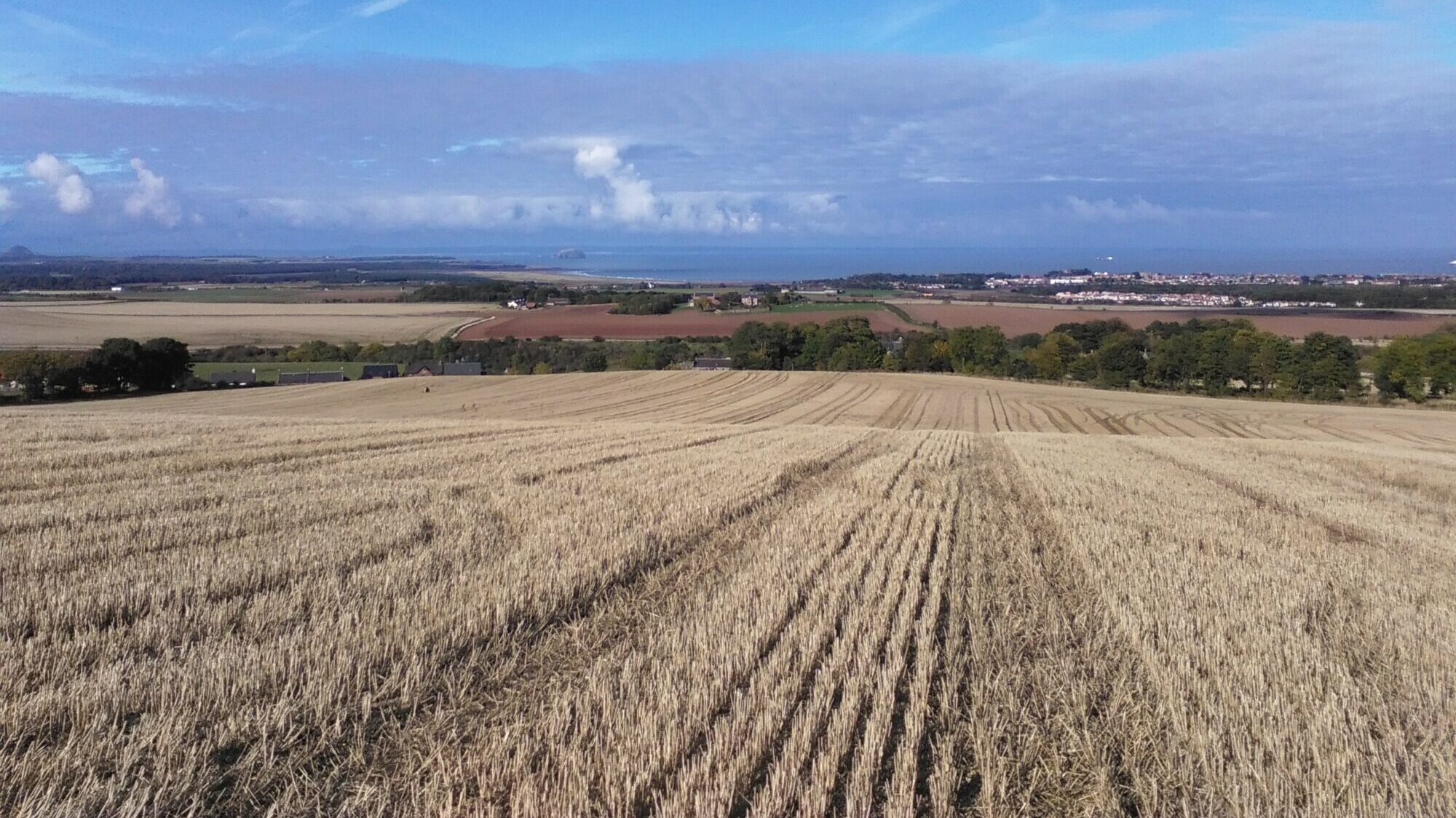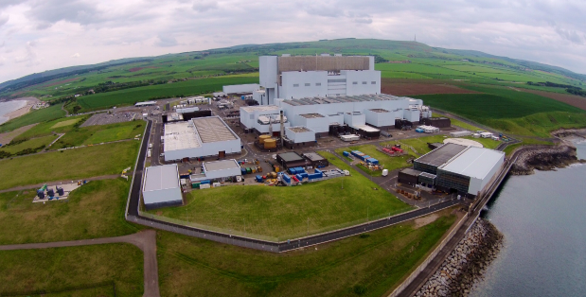- EDF’s Torness has one of the best rates of generation per annum in the fleet.
- In the 35th year of generation – remain a strong generator and integral part of East Lothian
- Over its generating life, Torness has produced almost as much zero-carbon energy as Hunterston B did in its 46 years: equivalent to powering every home in Scotland for 29 years.
- Torness supports around 500 staff and 250 contractors.
- Each year Torness contributes around £45m to the East Lothian economy
- During scheduled maintenance periods, that workforce is larger with an additional 800 contractors visiting site – these shutdowns are known as an outage
- While supporting this work these contractors boost the local economy, staying in local hotels and B&Bs and using other local services like taxis and restaurants.
- This is something that has been happening throughout the 35-year life of the station but we are conscious that alongside the increasing volume of projects in the area there may be an added strain on local suppliers.
- 2023 is a non-outage year, our next stat outage is March 2024 and then July 2025
Defueling
- Torness is currently due to end generation in March 2028
- Defueling begins when a station stops generating. EDF will remove all spent fuel from the site using the same methods used during generation
- Defueling is expected to last for approx. four years – during this time staff numbers onsite will remain largely the same and there will be no change to the site’s footprint.
Decommissioning
- Once all spent fuel has been removed, site ownership will be transferred, to the Nuclear Decommissioning Authority (NDA). Its subsidiary, Magnox, will carry out the rest of the decommissioning job.
- Current plans will see most plant, equipment, services and buildings removed within around 12 years of end of generation.
- The reactor building will remain in situ for a further period until final site clearance.
Contact:
| Decommissioning of Torness | EDF | Ashleigh.dickson@edf-energy.com |

